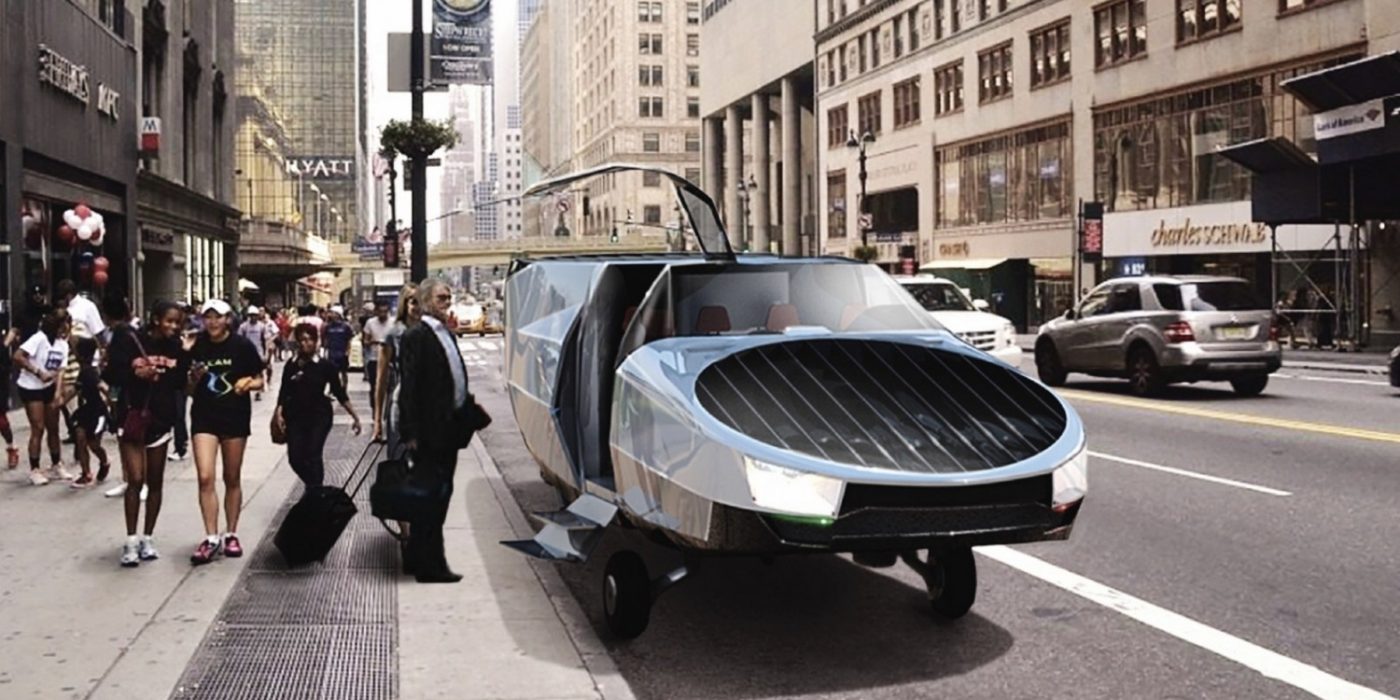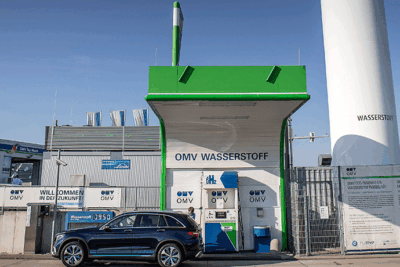Urban Aeronautics is planning an H2 fuel cell VTOL
The Israeli air taxi developer Urban Aeronautics has entered into a cooperation with the Californian startup HyPoint to use its fuel cell technology in its vertical take-off aircraft CityHawk. Urban Aeronautics is currently still using a hybrid drive in the CityHawk VTOL.
The CityHawk is an electric vertical take-off and landing (eVTOL) aircraft. Still, its concept differs from the plane of other manufacturers: The CityHawk has no wings or externally mounted propellers. It’s the aircraft’s lack of wings and propellors that characterise the design of the plane. Urban Aeronautics has integrated the propellers in front and behind the passenger cell into the bodywork and therefore speaks of a “fancraft”. A prototype will already be flying in summer 2018 but not yet with fuel cells.
The lack of propellers (and thus the control system of the CityHawk) is not the only way that the Israelis’ approach differs. While the competition relies mainly on batteries and, for longer ranges, on their further development, Urban Aeronautics wants to use fuel cells from HyPoint. HyPoint recently announced the prototype of a new type of air-cooled fuel cell for electric aircraft, which is expected to offer three times the power and four times the life of conventional fuel cells.
The talk is of “turbo-cooled fuel cells”, which are designed to last 20,000 hours. Unfortunately, no further details on the aircraft’s performance nor the integration of the fuel cell into the eVTOL have been revealed yet.
According to media reports, however, the fuel cell propulsion in the CityHawk is a necessity: Due to the unusual design, the energy consumption of the CityHawk is allegedly much higher than that of eVTOL with wing constructions: The elongated shape of the aircraft provides too little lift, which must be compensated with more power. And here, the current lithium-ion engines would run out of power too soon.
The strong point of the design is the aircraft’s dimensions: The six-seater City-Hawk is only slightly wider than a passenger car and has no protruding parts. Reports say that the plane is “as big as an SUV”. The vision of Urban Aeronautics is that the City Hawk can land directly on the streets, making door-to-door flights possible.
“We look forward to collaborating with HyPoint on the integration of the next generation of hydrogen fuel cell systems for eVTOL transportation and the urban air mobility market,” said Rafi Yoeli, CEO of Urban Aeronautics. “As a high-power, 100 per cent environmentally friendly fuel, hydrogen is key to the future of eVTOL aircraft.”
In our newsletter last year in June, we reported that the Californian startup HyPoint intends to present the prototype of a new type of air-cooled fuel cell for electric aircraft. This is to offer three times the performance and four times the service life of conventional fuel cells.





0 Comments